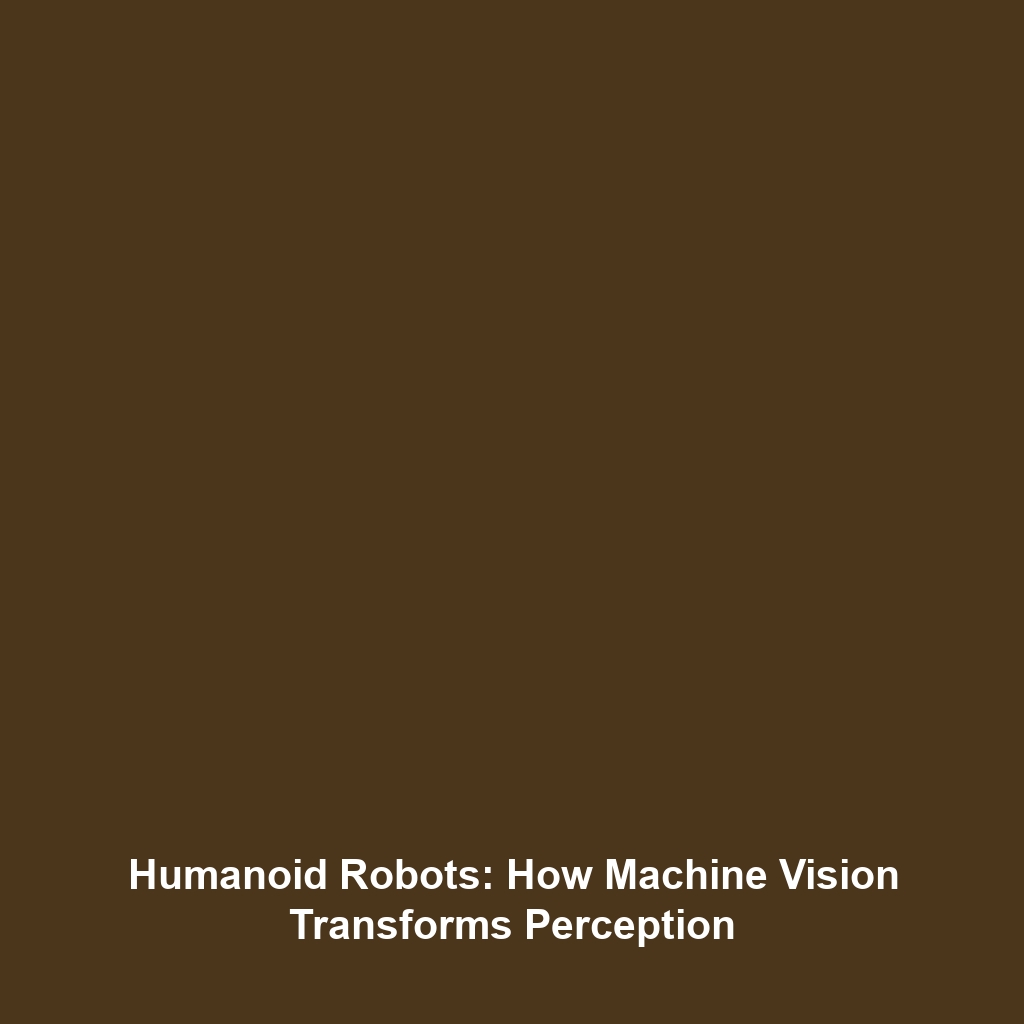Iconic Humanoid Robots: Honda’s ASIMO, Boston Dynamics’ Atlas, and SoftBank’s Pepper
Introduction
The evolution of humanoid robots has captured global interest, particularly through the remarkable innovations of Honda’s ASIMO, Boston Dynamics’ Atlas, and SoftBank’s Pepper. These iconic humanoid robots demonstrate advanced engineering and artificial intelligence, reflecting their significance in the broader context of robotics. As each robot showcases unique functionalities—from ASIMO’s agility to Pepper’s interactive capabilities—they pave the way for various applications in our society, making their study crucial for understanding the future of humanoid technology.
Key Concepts
Understanding the major concepts behind these humanoid robots is vital for comprehending their place in the robotics landscape:
- Mobility and Agility: Honda’s ASIMO was designed with exceptional bipedal locomotion, enabling it to navigate complex environments.
- Advanced Manipulation: Boston Dynamics’ Atlas excels in its ability to perform dynamic movements, such as running, jumping, and climbing.
- Social Interaction: SoftBank’s Pepper is equipped with emotional recognition software, allowing it to engage with humans on a personal level.
These attributes fall within the broader category of humanoid robots, highlighting the versatility and potential of robotic technology.
Applications and Real-World Uses
The applications of these iconic humanoid robots are diverse and impactful:
- ASIMO: Used in educational demonstrations and research to study human-robot interaction.
- Atlas: Deployed in search and rescue operations to navigate challenging terrains.
- Pepper: Utilized in customer service roles for engaging with clients in retail environments.
These examples exemplify how Honda’s ASIMO, Boston Dynamics’ Atlas, and SoftBank’s Pepper are used in the realm of humanoid robots, showcasing their real-world significance.
Current Challenges
Despite their advancements, several challenges remain in the development and application of these humanoid robots:
- Cost: The high expense of development and production can hinder widespread adoption.
- Safety: Ensuring the safe deployment of humanoid robots in public spaces poses ethical and technical dilemmas.
- Integration: Achieving seamless integration into existing systems and workflows is a complex challenge.
These challenges highlight the issues in adopting Honda’s ASIMO, Boston Dynamics’ Atlas, and SoftBank’s Pepper in the broader context of humanoid robots.
Future Research and Innovations
Looking ahead, several breakthroughs in the domain of humanoid robots are anticipated:
- Enhanced AI: Further research in artificial intelligence will lead to smarter, more adaptable robots.
- Robotic partnerships: Collaborative robots (cobots) that work alongside humans will become more prevalent.
- Mobility advancements: Innovations in locomotion technologies will increase the versatility of humanoid robots.
Such innovations are crucial for the progression and acceptance of Iconic humanoid robots like ASIMO, Atlas, and Pepper in our daily lives.
Conclusion
In conclusion, the iconic humanoid robots—Honda’s ASIMO, Boston Dynamics’ Atlas, and SoftBank’s Pepper—serve as pivotal examples within the field of humanoid robots. Understanding their functions, applications, and challenges is essential for appreciating the future of robotics. As research progresses, these robots will likely transform various industries and enhance human-robot interaction. For more insights into robotic technologies, consider exploring our other articles on robotics technology and the future of humanoid robots.









